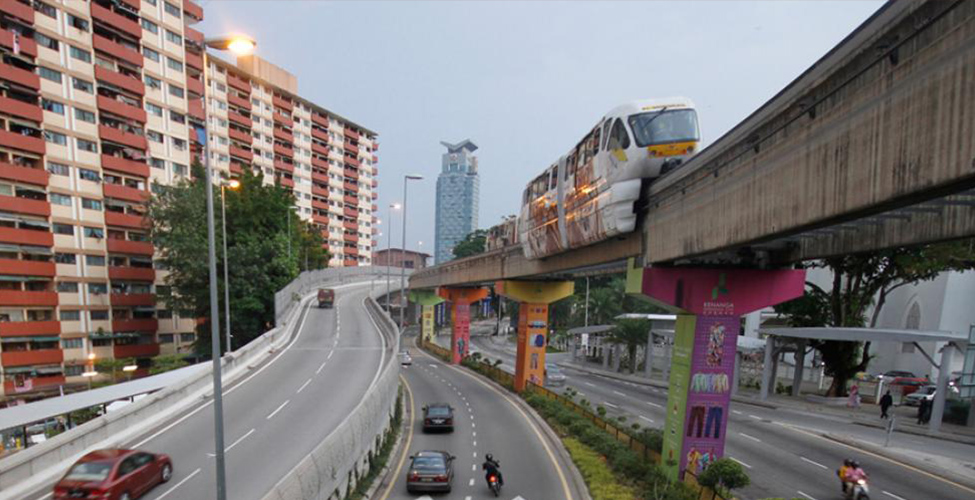Asia and the Pacific has seen dramatic improvements in its transportation network, electricity generation capacity, and telecommunications and water infrastructure, among others. Better access to infrastructure has driven growth, reduced poverty, and improved people’s lives.
Yet over 400 million Asians still lack electricity; roughly 300 million have no access to safe drinking water; and 1.5 billion people lack basic sanitation. Given the links between infrastructure and development, reducing deficiencies and closing infrastructure gaps makes sense.
Developing Asia will need to invest $26 trillion from 2016 to 2030, or $1.7 trillion per year, if the region is to maintain its growth momentum, eradicate poverty, and respond to climate change (climate-adjusted estimate). Without climate change mitigation and adaptation costs, $22.6 trillion will be needed, or $1.5 trillion per year (baseline estimate).
Who Funds Asia’s Infrastructure?
Infrastructure investment in Developing Asia is still primarily done by the public sector, providing over 90% of the region’s overall investments. This amounts to 5.1% of GDP annually, far above the 0.4% of GDP coming from the private sector.
Given the region’s large infrastructure needs and the public sector’s dominance in providing infrastructure, it is critical that policymakers evaluate how much room they have to increase infrastructure investment.
Read more here
SOURCE : data.adb.org

